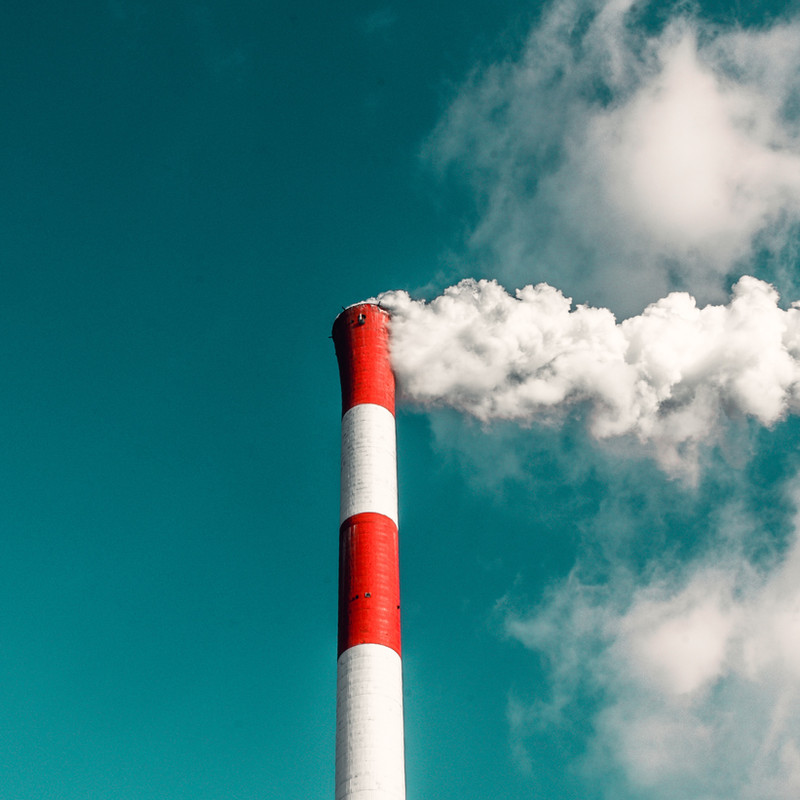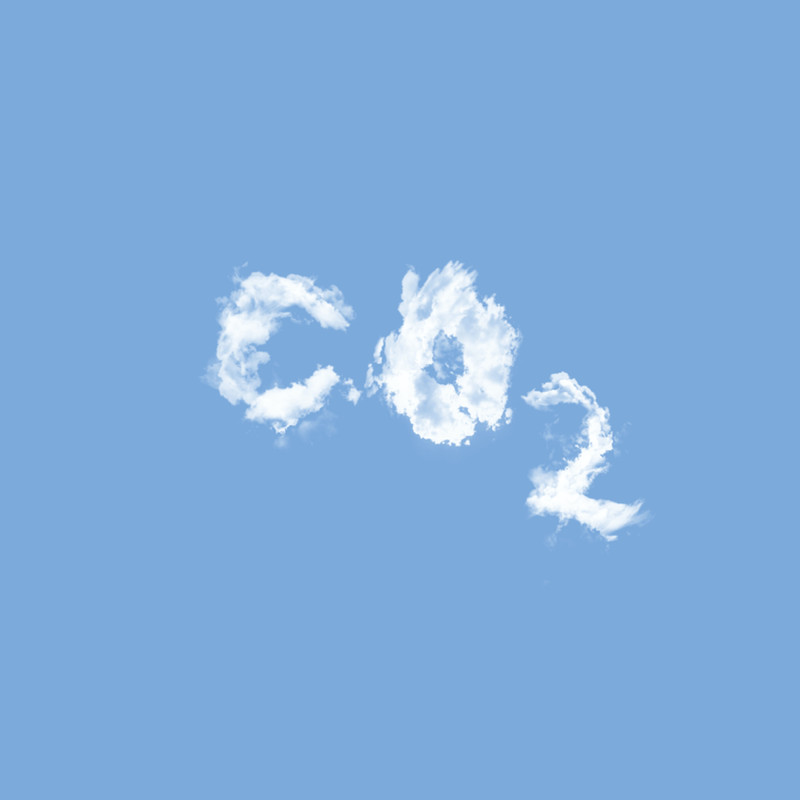Compliance Carbon Offset Programs are government-mandated programs designed to reduce greenhouse gas emissions. The most common compliance carbon program is the cap-and-trade system, which sets a limit (cap) on the amount of emissions that can be released into the atmosphere. Companies that exceed their emissions limits must purchase carbon credits from companies that have emitted less than their allotment. Carbon offsets are another type of compliance carbon program, whereby companies can offset their emissions by investing in projects that reduce greenhouse gas emissions elsewhere, such as planting trees or developing renewable energy.
Compliance carbon offset programs provide a financial incentive for companies to reduce their emissions, as they are required to either purchase carbon credits or invest in offsetting projects. In doing so, these programs help to combat climate change and promote sustainable development.
Compliance carbon offset programs are a valuable tool in the fight against climate change. By setting limits on emissions and providing financial incentives for companies to reduce their emissions, these programs can help to combat climate change and promote sustainable development. However, there are some criticisms of compliance carbon programs, such as their lack of transparency and accountability.
European Union Emissions Trading Scheme
The European Union Emissions Trading Scheme (EU ETS) is the world’s largest cap-and-trade system, covering over 11,000 power plants and factories in 30 countries. The EU ETS was established in 2005 to help the European Union meet its climate change goals. Under the scheme, companies are given emissions allowances (EU Allowance) so that they can trade with each other. If a company exceeds its emissions limit, it must purchase additional allowances from another company that has emitted less than its allotted amount.
US Clean Air Act
The US Clean Air Act is a federal law that requires the US Environmental Protection Agency to regulate air pollution. The Clean Air Act Amendments of 1990 included a cap-and-trade program for sulfur dioxide emissions, which was later expanded to include nitrogen oxides. The Acid Rain Program, as it is known, has been successful in reducing acid rain by more than 50%.
Several US states and Canadian provinces have created their own carbon pricing programs. These programs vary in their design and implementation, but all aim to reduce greenhouse gas emissions.

Clean Development Mechanism
The Clean Development Mechanism (CDM) is one type of carbon offset project that has been established under the Kyoto Protocol. CDM projects involve developing countries investing in greenhouse gas reduction projects, such as renewable energy or afforestation, to earn carbon credits. These credits can then be sold to companies and governments in developed countries that are looking to offset their emissions. The CDM has been successful in reducing emissions and promoting sustainable development but has faced criticism for its lack of transparency and accountability.
California Compliance Offset Program
The California Compliance Offset Program is one example of a state-level carbon offset program. The program was established in 2013 and requires companies to offset a certain percentage of their emissions by investing in carbon reduction projects, such as reforestation or agricultural methane capture. The offsets must be verified and approved by the state government for them to be valid.
The compliance carbon market is expected to grow significantly in the coming years, as more governments adopt climate change mitigation policies. This will provide opportunities for companies to invest in offsetting projects and earn carbon credits, which can be sold on the open market. With the right policies in place, compliance carbon programs can help reduce greenhouse gas emissions and promote sustainable development.
Emission Reduction Units
The Joint Implementation program uses Emission Reduction Units (ERU) to trade carbon between countries to meet their emissions targets. ERUs are generated from projects that reduce emissions in developed countries and can be used by other developed countries to meet their Kyoto Protocol targets. JI projects must be approved by both the host country and the country seeking to purchase the credits, to ensure that they result in genuine emission reductions.
Regional Greenhouse Gas Initiative
The Regional Greenhouse Gas Initiative (RGGI) is another cap-and-trade program that covers nine states in the northeastern US. The program was established in 2009 and requires power plants to purchase allowances for their emissions. RGGI has been successful in reducing emissions from the power sector but has faced criticism for its lack of ambition and for the fact that it does not cover all sources of greenhouse gas emissions.
Alberta Emission Offset Program
The Alberta Emission Offset Program is a Canadian provincial carbon offset program that was established in 2007. The program requires companies to invest in carbon reduction projects, such as reforestation or agricultural methane capture, to earn offsets. These offsets can then be used to offset a company’s emissions or sold on the open market.

Quebec’s Cap-and-Trade System
Quebec’s cap-and-trade system is another provincial carbon pricing program in Canada that was established in 2013. The program requires companies to purchase allowances for their emissions. These allowances can be traded on the open market, and companies must surrender them to the government to cover their emissions.
Ontario’s Cap-and-Trade System
Ontario’s cap-and-trade system is a Canadian provincial compliance carbon offset program that was established in 2017. The program requires companies to purchase allowances for their emissions, like other provincial programs. These allowances can be traded on the open market, and companies must surrender them to the government in order to cover their emissions.
New Zealand Emissions Trading Scheme
The New Zealand Emissions Trading Scheme (NZ ETS) is a cap-and-trade system and compliance carbon offset program that was established in 2008. The NZ ETS covers all sectors of the economy and requires companies to purchase allowances for their emissions. These allowances can be traded on the open market, and companies must surrender them to the government to cover their emissions. The NZ ETS has been successful in reducing emissions from the power sector.
Voluntary Carbon Offsets
In contrast to compliance carbon offset programs, the Voluntary Carbon Market, which is a market for carbon offsets that are not required by law. Despite the voluntary nature, the market is growing rapidly, as more companies choose to offset their emissions voluntarily. The Voluntary Carbon Market allows companies to invest in carbon reduction projects and earn carbon credits, which can then be sold on the open market. By investing in offsetting projects, companies can help reduce greenhouse gas emissions and combat climate change.
The Voluntary Carbon Market is a valuable tool in the fight against climate change, as it provides a way for companies to offset their emissions without being required to do so by law. In this way, the market helps to reduce greenhouse gas emissions and combat climate change.


Pingback: John